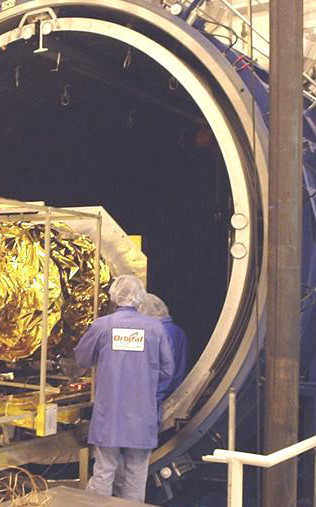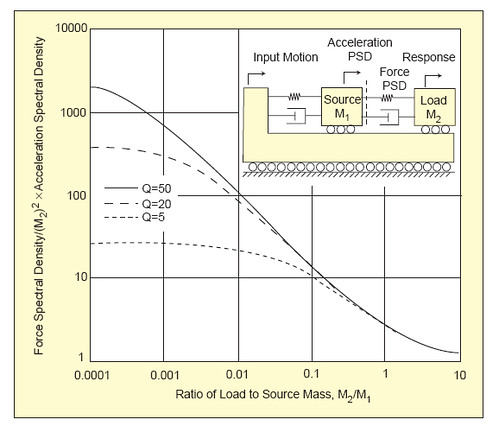Yes, MASTER?
Wednesday, December 14th, 2011
There’s no shortage of DoD acronyms. There was that hosted payload on one of the SES spacecraft, CHIRP (Commercially Hosted Infrared Payload). The topper is now MASTER: Modular Architecture for Signal-processing, Tracking and Exploitation Research program. Yeah, seems a bit of a stretch. It comes to us via the rocket scientists at Northrup Grumman:
MASTER supports the government ground processing effort for the Air Force’s Commercially Hosted IR Payload (CHIRP) program’s on-orbit period. An experimental CHIRP sensor is hosted on a commercial SES satellite operating in geosynchronous orbit over the United States. The SES satellite was successfully launched on Sept. 21 from French Guiana.
“MASTER provides an important sensor-agnostic ground processing capability for our customer,” said Ron Alford, Northrop Grumman’s director, sensor exploitation systems and Colorado campuses. “The architecture utilizes an enterprise approach with an open architecture and plug-and-play components. In future data processing systems, measurable cost savings can be enjoyed by using the MASTER architecture to provide common processing capabilities across sensor types and system constellations without the need for customized processing chains.”
“This approach not only reduces costs, but facilitates new missions, new sensor/data providers and the participation of third parties in specialized processing algorithms for new and changing missions,” Alford said.
The enterprise architecture developed for the MASTER program can be used by multiple types of sensors without the redundant cost of redeveloping the ground mission processing software, but currently is prototyped against Overhead Persistent Infrared (OPIR) sensors.
MASTER has been successful in integrating and using algorithms provided by outside third parties as well as processing data from multiple operational OPIR sensors and new experimental simulated data. The MASTER architecture has also enabled innovative parallel data processing with multiple plug-and-play algorithms, along with significant advances in star and static-source line-of-site correction methods.
The MASTER contract is a follow-on effort to the Alternative Infrared Satellite System program, begun in 2006 and renamed Third Generation Infrared Surveillance as a technology maturation program. MASTER has been focused on developing an open, plug-and-play, sensor-agnostic processing architecture for the government to use in evaluating whole earth-staring array sensors.
Yes, you read that right: “earth-staring array sensors.” Our favorite is AFRTS (Armed Forces Radio & Television Services). Pronounced as you would expect.


